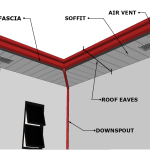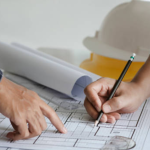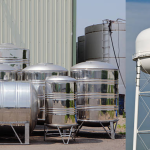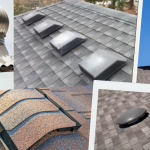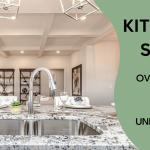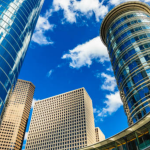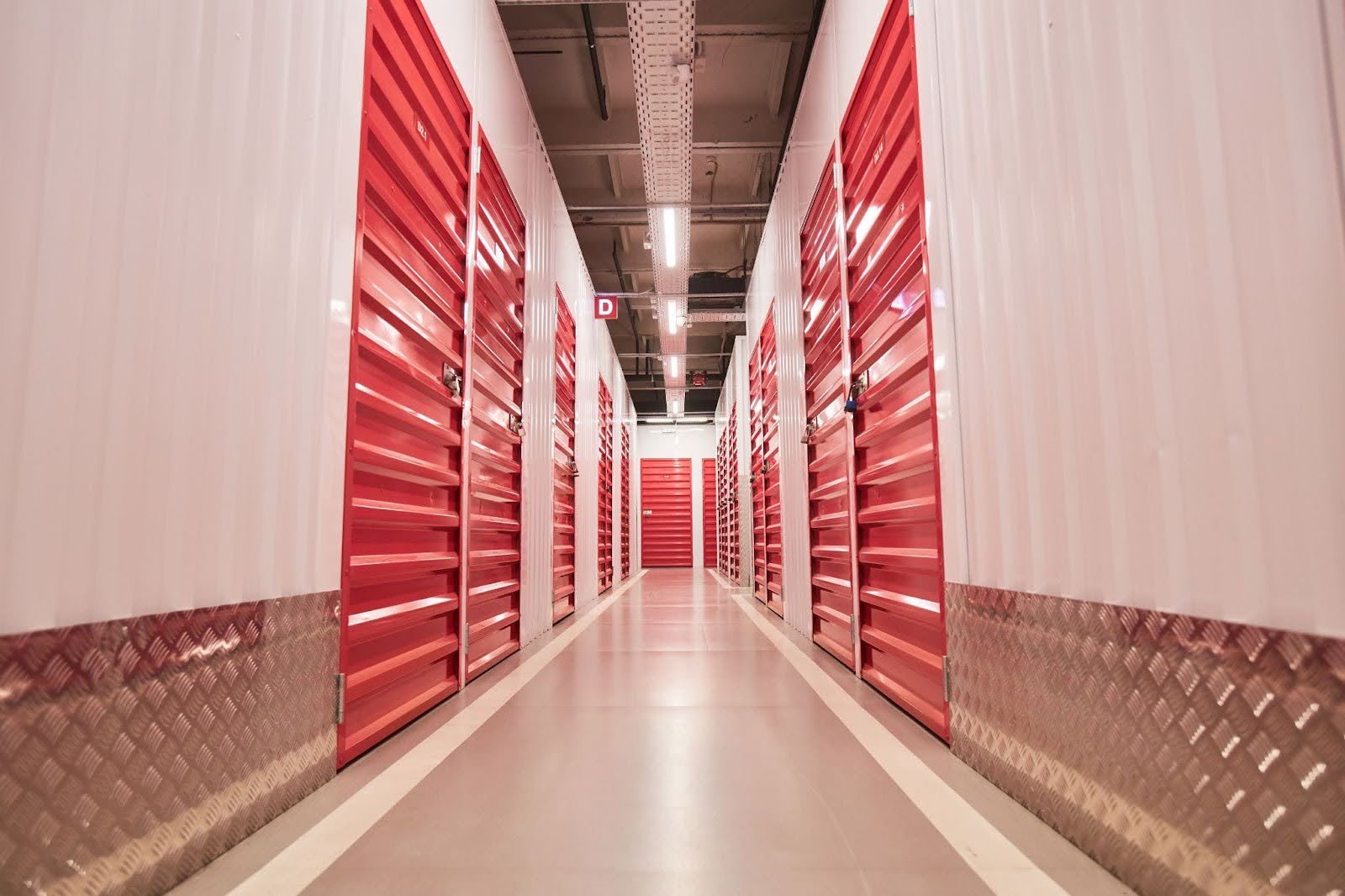
When the closets are bursting and the garage is full, homeowners are turning to self-storage to keep what they love without sacrificing space. However, they now need storage facilities designs that are dynamic, thoughtfully designed, and can evolve alongside their changing needs.
A self-storage facility designed to grow with your customers’ needs naturally attracts more clients. This blog highlights the importance of storage facility engineering design that is future-proof and adaptable to renters’ evolving requirements.
Key Takeaways:
- An efficient facility layout provides renters with convenient access, diverse unit choices, and cost-effective rental options.
- Vertical lift systems make it easy for renters to reach upper-floor units without using stairs.
- While future-ready designs bring savings and profits for self-storage businesses, the lasting value comes from earning customer trust.
#1. Building Vertical
Instead of spreading units across a wide, single-level footprint, designers and builders can create multi-level self-storage facilities that make full use of the airspace.
When designing a vertical storage facility, engineers must guarantee that the foundation and structural supports are strong enough to carry additional floors in the future. Builders must also plan for elevator systems, internal staircases, and wide hallways to make higher levels easily accessible to renters.
For renters, this means more unit options, including upper-level units that often come at a lower price point than ground-floor spaces, and better availability in high-demand areas where land is limited.
#2. Maximizing Site Footprint
Instead of leaving large areas unused or dedicating too much space to landscaping, designers can maximize every square meter to accommodate as many units as possible. When designing a self-storage facility, builders and planners may do the following:
Position buildings close to property boundaries to open up central areas for circulation or future expansion.
- Use L-shaped or U-shaped building layouts to create enclosed courtyards
- Design efficient driveway layouts that allow two-way traffic and reduce wasted pavement space.
- Plan shared loading and staging areas rather than duplicating them for each building.
For renters, a well-optimized footprint means easier access to their units and more options in one convenient location. It may also result in more competitive rental rates, as the facility can offer a greater number of units on the same plot of land.
#3. Designing Wide Aisles and Accessible Driveways
Among the many details in self-storage design, wide aisles and accessible driveways stand out as a necessary yet frequently overlooked feature.
Narrow aisles can create traffic jams, limit maneuverability, and frustrate renters. For an efficient self-storage facility design, builders should highlight:
- Wider driveways that allow two vehicles to pass comfortably without blocking access to units.
- Generous turning radii at corners and entry points so larger vehicles can easily navigate the site.
- Thoughtfully positioned entry and exit points to maintain smooth traffic flow and avoid bottlenecks.
- Ample staging areas for loading and unloading without blocking main access routes.
For renters, these design choices make every visit easier and less stressful. They can drive directly to their unit without worrying about tight corners or reversing in narrow spaces,
#4. Integrating Vertical Lift Systems or Mezzanines
Vertical lift systems are a game-changer for renters. They eliminate the hassle of stairs and make accessing upper-floor units just as convenient as ground-level storage. Renters can load boxes and furniture into the lift and reach their unit easily, without physical strain.
- When designing a self-storage facility, builders and engineers plan for vertical lift integration by:
- Positioning lifts at key access points for smooth movement between floors
- Installing freight-capable, heavy-duty lifts that can safely transport bulky or heavy items
- Designing corridors and loading bays with clear pathways that connect directly to lift entrances
#5. Multi-use common areas and staging spaces
Designers can improve self-storage facilities by incorporating practical, renter-focused features into shared areas.
This includes indoor staging zones where customers can sort or pack their items in a weather-protected space. Or, covered loading bays that offer wide access for trucks, vans, and trolleys.
Some facilities also include waiting or lounge areas for renters coordinating a move or waiting for transport. Shared workspace zones may also provide a place to manage inventory, process orders, or handle paperwork on-site. Strategically placed oversized elevators near these staging areas make it easier to move items to upper-level units.
Why Facilities That Plan Ahead Outperform the Rest
Jim’s Self Storage in Williamstown, Victoria, stands as a leading example of smart, scalable self-storage design. Since opening, the facility has undergone three major expansions. This long-term vision started with the site’s original design, which accounted for reserved land, scalable infrastructure, and future traffic flow. As a result, Jim’s was able to add new buildings, expand access routes, and introduce enhanced security features.
- A complimentary moving van available for use during move-in
- Free courtesy trailers and trolleys to assist with move-ins
- Wide selection of boxes and packing supplies available onsite
- Secure storage options in a variety of unit sizes
- Flexible payment plans to suit different budgets
- Short and long-term storage options tailored to Western Melbourne residents
- A convenient onsite box shop with packing supplies and materials
Conclusion
Urban density and mobile lifestyles have driven a sharp rise in demand for flexible, accessible storage solutions. Modern homeowners and businesses now require facilities that adapt to change, not just static storage warehouses.
Cost savings and increased revenue opportunities are just a few of the long-term business benefits of future-proof facility design. However, it’s the stronger customer loyalty that makes it even more rewarding when engineers and designers prioritize the needs of their customers.


